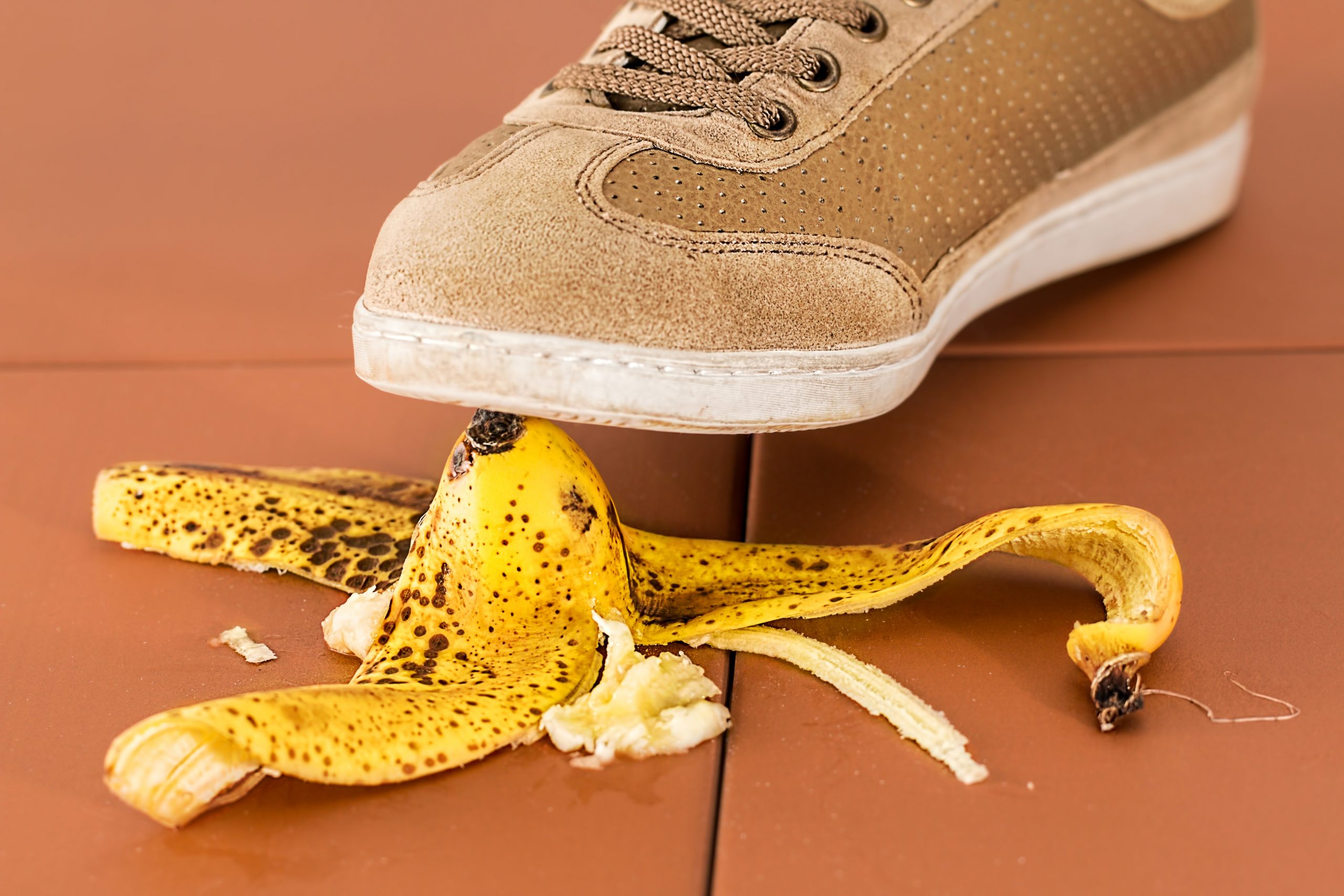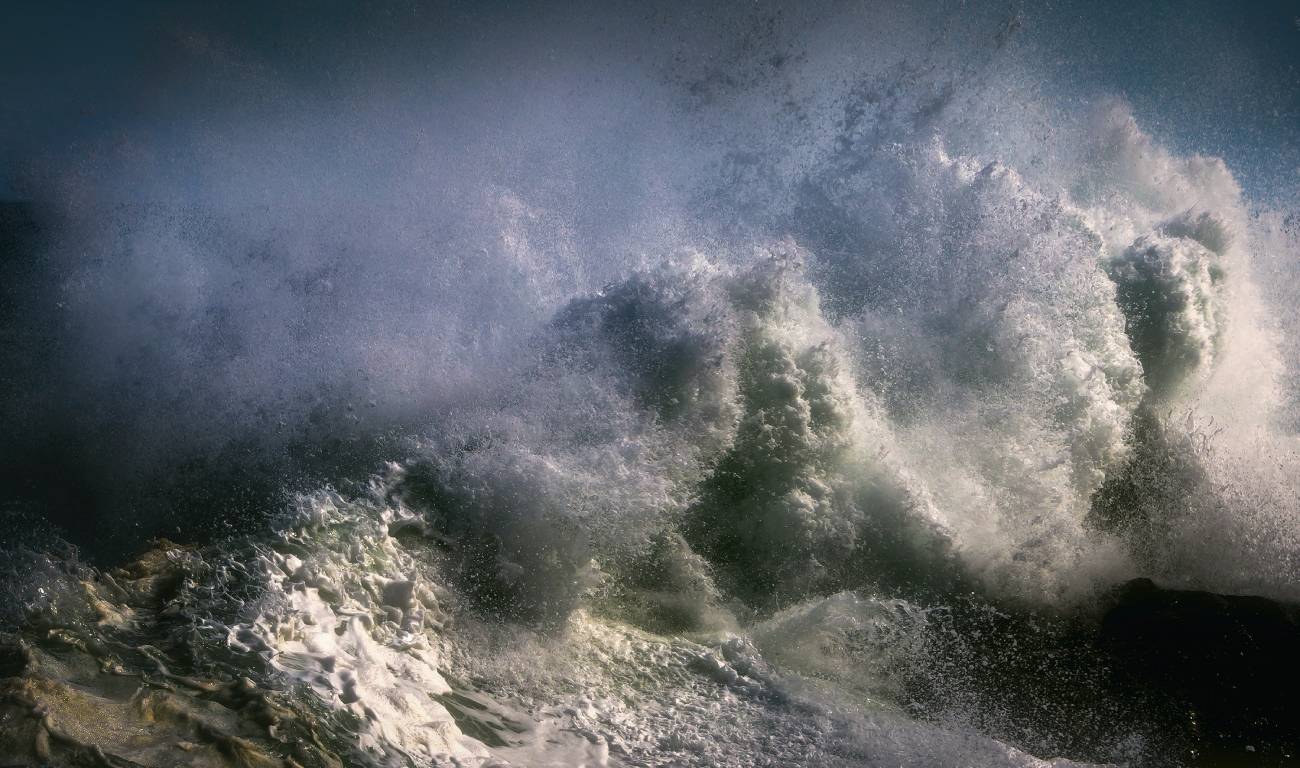
Health, Safety and Wellbeing – Should wellbeing be in the domain of a health & safety practitioner?
Health, Safety and Wellbeing – Should wellbeing be in the domain of a health & safety practitioner? Health and Safety practitioner’s roles are transforming, influenced







